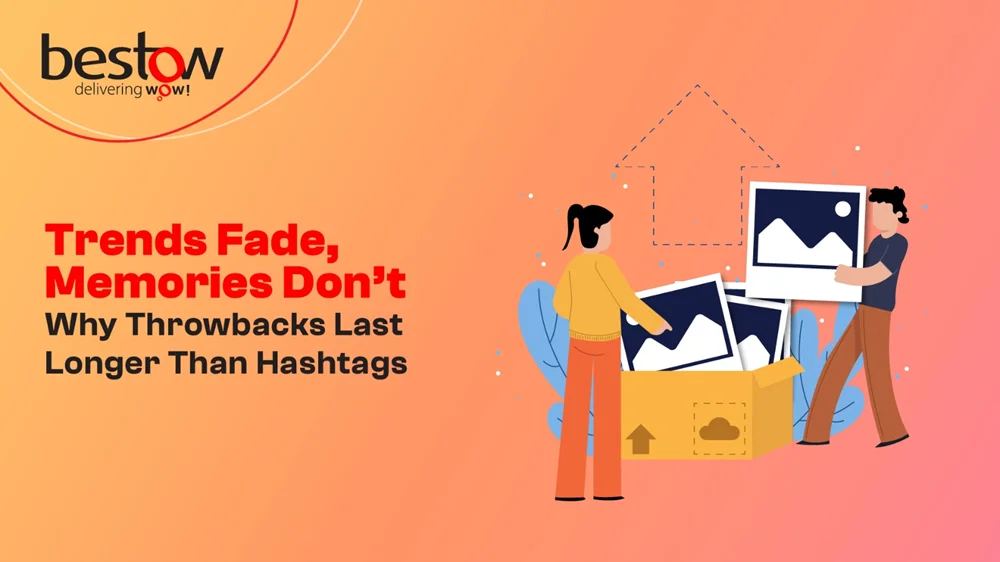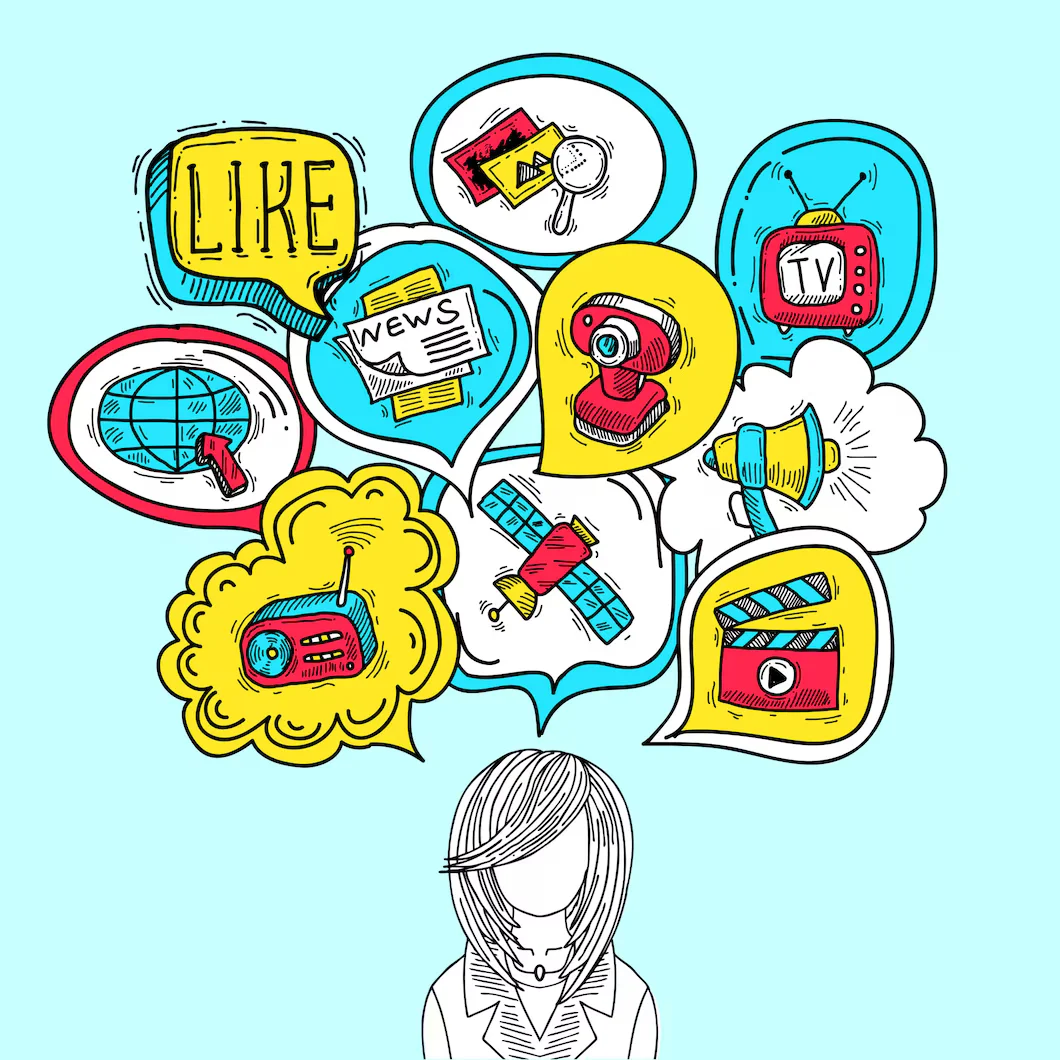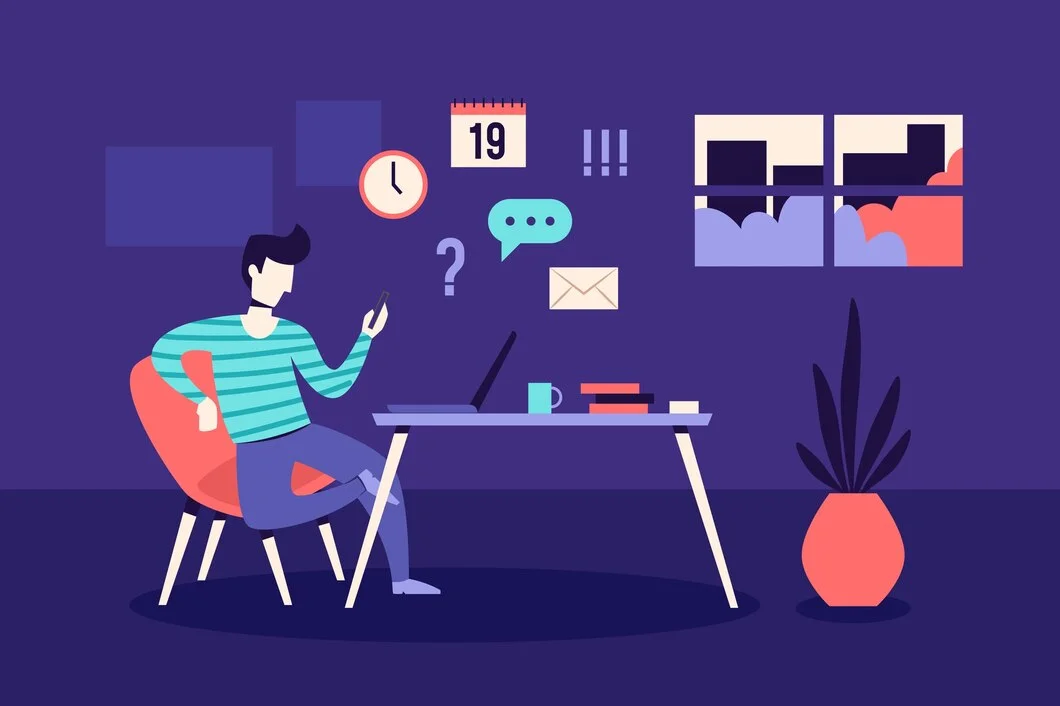Why Nostalgia Marketing Drives 30% Higher Engagement: Discover the Science Behind It

27/09/2025
Start Listening
Why Nostalgia Marketing Drives 30% Higher Engagement: Discover the Science Behind It
Have you ever heard that old jingle by Nirma that says “Washing powder Nirma…….Nirmaaa.”?
Bet you just sang that in your head, didn’t you? Does it still make you smile and teleport you to your old days?
Also, do you remember that little boy in the Dhara Jalebi ad, his grandfather pleading him to come home because “Jalebi ban rahi hai.”That’s all nostalgia at work. Even today, decades later, these ads or jingles bring an instant smile, a flash of memory, maybe even goosebumps. That’s the magic of nostalgia in advertising.
And studies show that campaigns tapping into nostalgia drive nearly 30% higher engagement compared to standard ads.
Think about it. While brands are busy chasing trends, nostalgia marketing quietly pulls audiences back into memories they already treasure. It’s not just clever advertising—it’s an emotional marketing strategy that turns yesterday’s memories into today’s loyalty.
To begin with let’s understand what nostalgia marketing is
What is Nostalgia Marketing?
Nostalgia marketing is when brands tap into memories - childhood ads, retro products, or cultural moments - to spark instant emotional connections. It’s not just about selling; it’s about reminding people how they felt.
A great example of this is Cadbury’s remake of its iconic 1994 cricket ad. By reimagining a memory millions grew up with, it wasn’t just promoting chocolate—it was reviving joy, playfulness, and trust.

At Bestow, we help brands unlock the same kind of emotional pull - designing campaigns that don’t just sell, but stay with your audience long after the ad ends.
The Forgotten Power of Nostalgia in Brand Building
Brands spend years building identity. But while identity, like the colors, logos, taglines, the whole package, shows who they are today, nostalgia reminds people who they were when they first loved the brand, and that memory is often stronger than any logo or tagline.
Simply put, your brand identity is about who you are today. Nostalgia, on the other hand, is about who your audience was yesterday. When you blend the two, magic happens.
Take Reliance’s “Champa Cola” campaign. It revived memories of a simple Indian soft drink from the past and tapped into the middle-class households that grew up with it. For many, it wasn’t just a drink—it was a piece of their childhood. That’s nostalgia in advertising at its finest.
While most campaigns fade after the scroll, nostalgia sticks. Why? Because it anchors to personal memory. A celebrity endorsement may look glamorous, but a throwback ad can feel like your own story. That’s what makes nostalgia such a powerful tool in emotional marketing.
The Science of Nostalgia – Why It Works
Here’s the science bit (but don’t worry, we’ll keep it light). When we relive fond memories, our brain releases dopamine (the “feel-good” chemical) and oxytocin (the “bonding” chemical). Together, they create warmth, trust, and connection. That’s why ads that use nostalgia don’t just sell, they comfort.
Think of nostalgia as an emotional shortcut. Normally, building brand trust takes time. With nostalgia marketing, you hack into ready-made trust because the feelings are already sitting in your audience’s memory bank.
One Nielsen study showed that ads rooted in emotional cues—especially nostalgic ones—are more likely to be remembered and shared. This explains why nostalgia marketing examples like Amul’s evergreen cartoons or the child’s face on the packet of Parle G or the Cadbury’s “Kuch Khaas Hai” campaign never fail to spark conversations.

The ROI of Nostalgia Marketing - Understanding Engagement Metrics
Nostalgia isn’t just warm and fuzzy—it’s measurable. When brands weave memory into their messaging, audiences don’t just feel something; they act on it. That’s why nostalgia-driven campaigns consistently show better ROI than generic ads.
Here’s how nostalgia delivers ROI:
| Longer Watch Time |
People rewatch nostalgia ads because reliving a memory feels like entertainment, not advertising. |
|---|---|
| Higher Shares |
A throwback ad isn’t just content; it’s a conversation starter. People tag friends and family with “Remember this?”, creating organic reach. |
| Boosted Conversions |
Nostalgia builds trust and familiarity, which reduces hesitation at the point of purchase. |
| Better Brand Recall |
When an ad is tied to a memory, it’s harder to forget. That’s why ads that use nostalgia are remembered years later. |
| Cross-Generational Appeal iency |
A single campaign can connect older audiences who lived the moment and younger ones who are curious about it. |
Case Studies of Nostalgia Done Right
| Coca-Cola “Share a Coke” |
Printing names on bottles reminded people of personal connections. |
|---|---|
| Nike Retro Sneakers |
Reviving Air Jordans wasn’t just about shoes; it was about reliving the '90s. |
| Cadbury Dairy Milk |
Their 2021 “Cricket Ad Remix” recreated the iconic 1994 ad with modern twists, delighting both Gen X and Gen Z. |
| Reliance’s Champa Cola |
A classic nostalgia marketing strategy that reintroduced a forgotten product with emotional pull. |
These aren’t just campaigns. They’re emotional marketing examples that prove how memory builds stronger ROI than mere product features.
Unfortunately, even nostalgia advertising may sometimes backfire. Let’s learn more.
When Nostalgia Backfires
Not every trip down memory lane works. If a brand randomly revives the past without context, it feels gimmicky. Affective strategy advertising should feel authentic, not opportunistic.
Remember when some brands tried to copy 90s aesthetics without any connection to their product? The result was awkward at best, cringe at worst. Nostalgia must be natural, not forced.
Frooti, for instance, tried to revive old-school packaging and created ads with a kitschy, over-the-top '90s aesthetic. While nostalgic in intention, it didn’t connect with younger audiences who had no memory of the original ads, and older audiences felt it lacked the authenticity of the classic “Mango Frooti, Fresh and Juicy” charm.
The smartest brands don’t just replicate the past - they remix it. The Cadbury remake worked because it kept the original spirit but adapted to today’s context. That balance is what separates an effective nostalgia marketing strategy from a desperate throwback.
Applying Nostalgia to Your Brand Strategy
Every brand has a past. It could be old packaging, early customer stories, or even cultural moments your audience remembers. Dig into archives—those forgotten assets might be your next blockbuster campaign.
Use Nostalgia Across Platforms
| Social Media |
Throwback posts on Instagram, retro filters, or #OnThisDay campaigns. |
|---|---|
| Products |
Limited edition packaging or reintroducing old flavors. |
| Advertising |
Blend past imagery with today’s storytelling. |
For example, Parle-G often uses its classic biscuit ads to remind us why it’s still “the nation’s biscuit.” That’s smart nostalgia in advertising.
Keep It Authentic, Not Opportunistic
People can smell fakeness. If your brand never existed in the 90s, don’t fake a 90s vibe. Instead, tie nostalgia to shared cultural memories—such as festivals, sports moments, or music. That way, you build emotional bridges without looking out of place.
Key Takeaways for Marketers
Nostalgia is more than a gimmick—it’s one of the most reliable emotional marketing strategies.
Science proves it: nostalgia triggers dopamine and oxytocin, making audiences feel good about your brand.
ROI isn’t just engagement; it’s loyalty. Nostalgia creates lasting emotional equity.
Authenticity is key. Ads that use nostalgia should feel like a natural extension of your brand story.
Balance is everything—respect the past, but keep the present relevant.
How Bestow Helps Brands Build Campaigns That Last
Nostalgia isn’t about living in the past. It’s about using memory to make your brand feel more human in the present. Whether it’s Cadbury reimagining cricket joy, Amul’s timeless cartoons, or Reliance reviving “Champa Cola,” nostalgia marketing proves that memories can still move markets.
At the end of the day, the brands that win aren’t just the ones that look good - they’re the ones that feel alive.
Want to design campaigns that customers remember long after the scroll?
Contact us to learn more
FAQs
Nostalgia marketing is when brands tap into memories—like old jingles, childhood ads, or retro products—to spark emotional connections. It works by reminding people of how they once felt, creating instant trust and warmth toward the brand.
Because nostalgia triggers dopamine and oxytocin in the brain, people feel good when they see something familiar from their past. This emotional high makes them more likely to rewatch, share, and interact with nostalgic ads, driving engagement up to 30% higher
Nostalgia improves brand recall, builds trust, and encourages sharing across generations. It also makes campaigns feel more relatable, ensuring audiences connect emotionally instead of just logically.
Nostalgia creates a sense of comfort and familiarity, reducing hesitation at the point of purchase. Consumers are more likely to buy from brands that feel like “old friends.”
Cadbury’s remake of its 1994 cricket ad, Coca-Cola’s “Share a Coke,” and Reliance’s revival of “Champa Cola” are standout nostalgia marketing examples. Each campaign reconnected audiences with memories, not just products.
Small businesses can use local cultural references, community memories, or even old customer photos to create campaigns that feel personal. Throwback posts on social media are a cost-effective way to tap into nostalgia.
Nostalgia campaigns consistently deliver higher engagement, better recall, and stronger conversion rates. They generate long-term loyalty, turning emotional moments into measurable ROI.
Because stories built on shared memories feel authentic and personal. Nostalgia adds depth to storytelling, making audiences feel part of the brand’s journey.
For Millennials, brands can reference 90s ads, cartoons, or early internet culture. For Gen Z, nostalgia often comes through memes, retro fashion, and reboots of shows or products they grew up with in the 2000s.
Emotional marketing is the foundation of nostalgia - it transforms ads from product pitches into memory-driven experiences. Without emotional pull, nostalgia simply doesn’t work.
Yes, industries tied to everyday life—like food, fashion, entertainment, and FMCG—tend to see stronger results.
When people associate your brand with cherished memories, they form emotional bonds that outlast one-time purchases. This connection encourages repeat buying and long-term trust.
Brands can create content that revisits school memories, old TV shows, retro gadgets, or early internet trends. Blending these with modern storytelling makes campaigns both relevant and emotionally engaging.
Categories
Recent Blogs
Send us a message
We'd love to hear from you
Let's build a plateform that works for you busines and the advertisers who trust it.
Talk to Our Expert